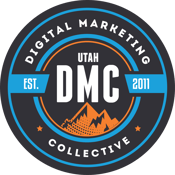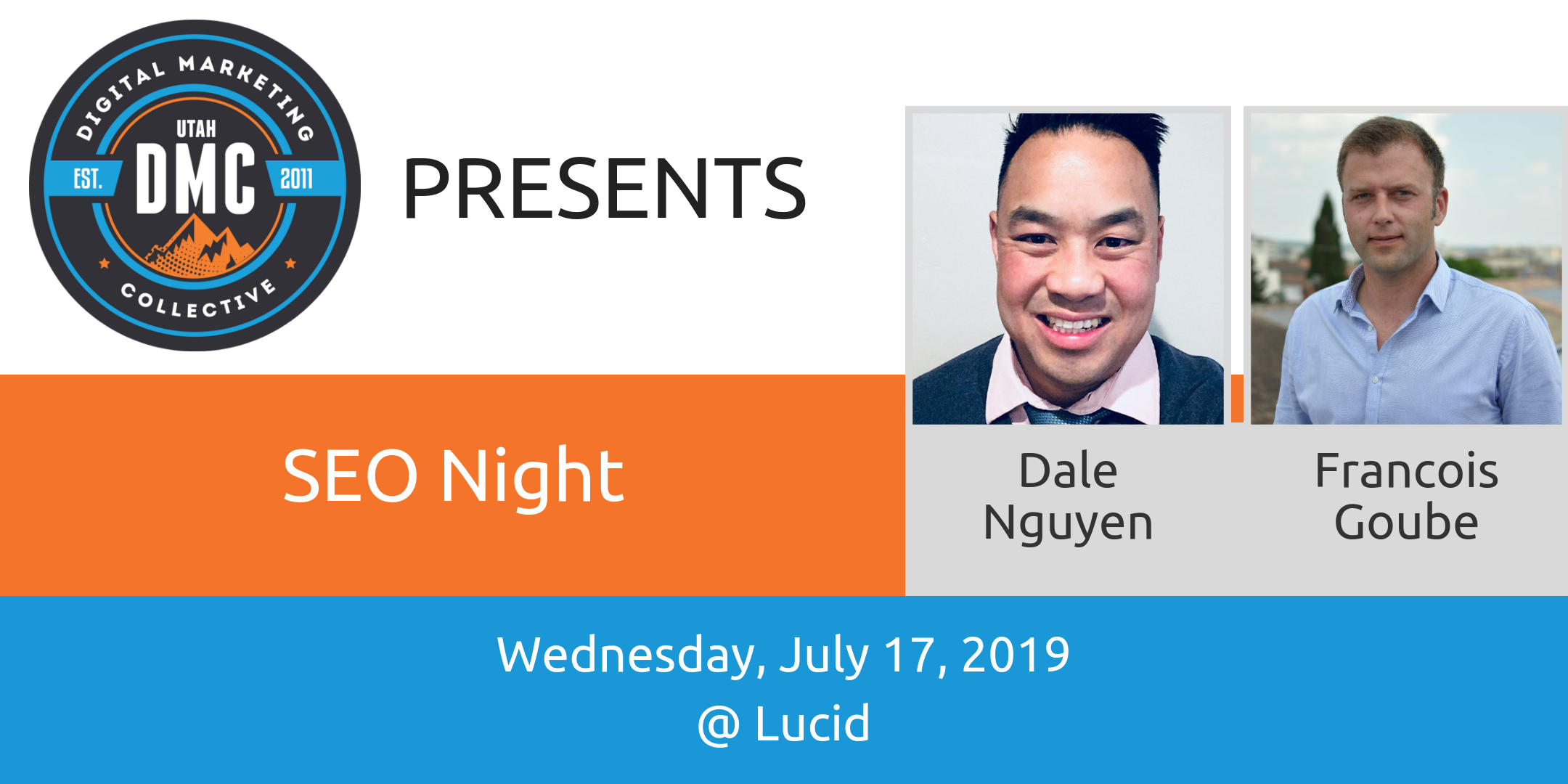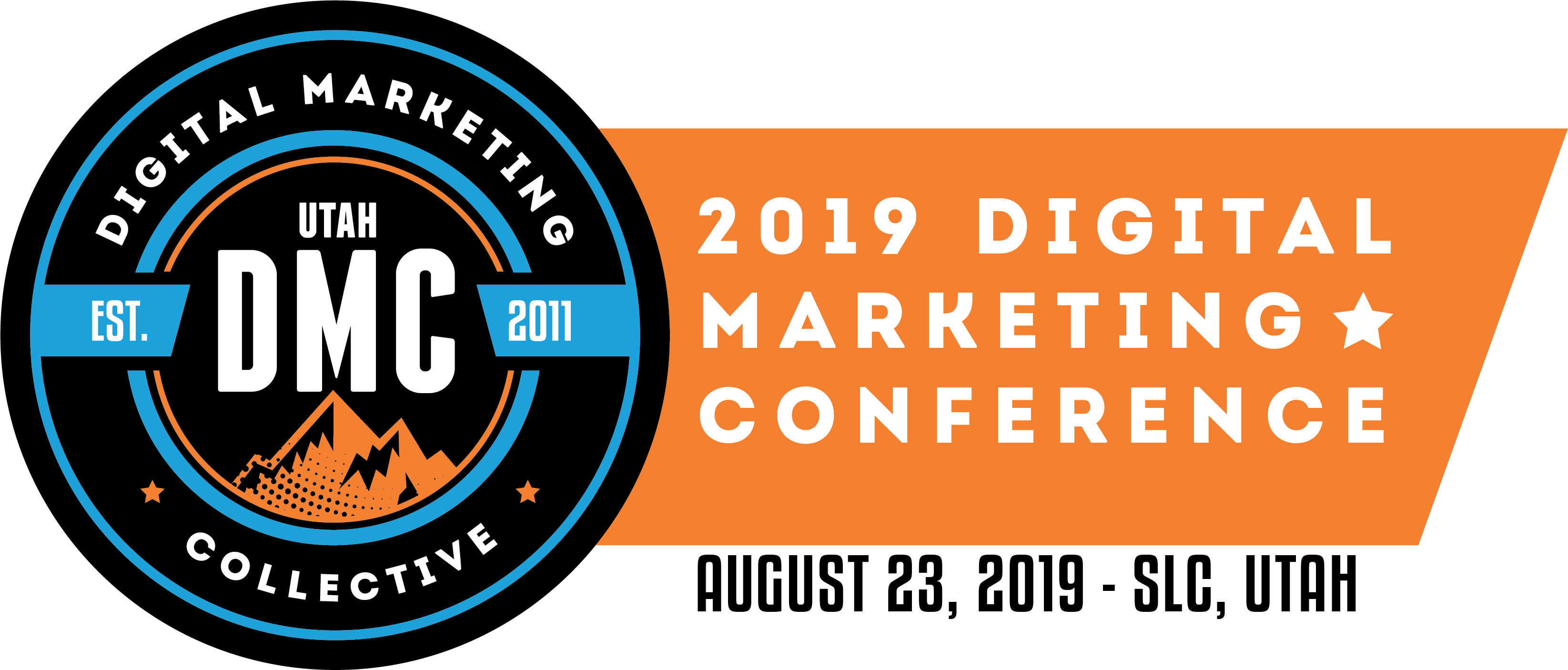Developing a Data-Driven Link Building Strategy Using Google, Competitor, & Industry Insights - Dale Nguyen
Dale Nguyen, from Multifuse, gave some great insights into building a great link building strategy.
Even though Google has said that they don’t want to see link building happen, we all understand there is a need for it in any successful SEO campaign and it won’t be going away anytime soon. Almost any study will point out that link building is a large ranking factor.
Dale pointed out that there are basically two types of link building strategies that you can employ, but warned they vary greatly in the results they can produce.
Lazy Strategy: everyone is under pressure to acquire links, which can lead to trying to gain many links quickly, even if they aren’t the best of quality. Some tactics that can be employed are forums, web 2.0, bookmarks, PBN’s, paid links, blog comments, and directories. Dale did mention not all directories are bad, but many can be viewed as lazy and try to game the system.
Google doesn’t want SEOs paying or incentivizing a webmaster for links, excessive link exchanges, large-scale campaigns with keyword anchor text, or automated programs/software since they can look spammy.
Value-Based Strategy: there are many forms of link building that are helpful and accepted by search engines. These include Q&A’s, local citations, widgets/tools, guest blogging, link reclaiming, broken linkbuilding, and traditional outreach.
In short, Google does want the webmaster to maintain editorial control and value for the user should they click on the link.
So, What Does the Ideal Backlink Profile Look Like?
Dale clarified search engines want to see a varied link profile. However, based on your competitor's profile, you should aim for a similar backlink profile of similar varying domain authorities and the number of links in each level of domain authority ranges.
Great, But Which Linkbuilding Strategy Should We Use?
Dale concluded by pointing out that a successful campaign should incorporate a strategy that is value-based where the webmaster keeps editorial control. This should include creating linkable assets on your site, which can include whitepapers, FAQ, blog posts, statistics, or quotes. This means non-promotional statistics, opinions, or other educational resources.
Keep in mind, your internal linking structure should be designed around how our business makes money. You should determine a structure which is going to help you do that to the best of your ability.
What I Learned From Crawling 10 Billions of Pages and Analyzing 5 Trillions of Log Lines - Francois Goube
Here are some of the key insights Francois shared with us from his findings:
- Internet traffic is made of bots, including fake Google bots found through matching IP addresses of known Google Bots.
- 1% of internet traffic is human traffic compared to bot traffic.
- Google spends 80% of their time crawling the wrong pages on sites.
- If you want to quickly drive organic traffic, be accurate on PageDepth Level Analysis.
- If your competitors are not focused on the mobile-first index, then getting your business on it is not as high of a priority.
- The best-ranked pages are not always the most crawled by Google. Crawl Budget is not a ranking factor.
- Crawl Frequency on AMP pages is always higher than any other page type.
- AMP pages take up a huge part of your crawl budget.
- eCommerce sites utilized schema markup the most.
- Pages with structured data get rich snippets and a way better click-through-rate. (CTR) This is a good way to start predicting SEO ROI.
- Google doesn’t treat you near-duplicate pages the same way depending on how you handled your canonical tags. However, if you don’t utilize canonicals then Google basically ignores your website.
- 8% of your pages may be generating traffic, so focus on pages that are most important for your business when optimizing.
The main point Francois drove home was that you should analyze what your successful competitors are doing and focus on improving upon it. If you are doing something your competitors are not, but they are still successful, then chances are you don’t have to do it either.


